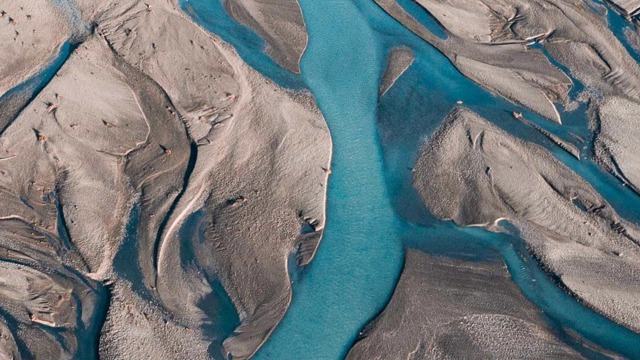Today, the Government announced changes to New Zealand's Affordable Water Reform, previously known as the Three Waters Reform, with a re-focus on the impetus for the reforms being to improve the affordability of water services in Aotearoa New Zealand.
The key change is that the number of publicly owned water services entities (WSEs) will be increased from four to ten entities. These entities will take over the management of the majority of New Zealand's drinking water, wastewater, and urban stormwater assets from 67 territorial authorities. The boundaries of the ten entities are closely based around existing regions (see the diagram below). This change responds to public feedback that the four-entity model would have resulted in a loss of local influence and voice. In the Government's view, the new ten-entity model would allow for more local authority and community involvement in the entities, while still delivering cost savings to New Zealanders via increased economies of scale.
As originally proposed, the ten WSEs will still have operational and financial independence from local authorities (balance sheet separation), to allow the WSEs to make the required investment in water services infrastructure. Similarly, mana whenua and local authorities will continue to have 50 / 50 representation on the regional representative group (RRG) of each entity, which will appoint an independent skills-based board.
The Government has re-focused on the driver behind the reforms being the projected cost savings for households. Although having more entities will increase the overall cost of establishing the WSEs and reduce some of the economies of scale efficiencies, the Government expects the reform to deliver savings of $2,770-$5,400 per year to households by 2054, compared to the status quo.
Key changes
We set out a table summarising the key changes proposed in the Affordable Water Reform, compared to the previous proposal under the Three Waters Reform:
|
Issue |
Three Waters Reform |
Affordable Water Reform |
|
Number of WSEs |
Four WSEs |
Ten WSEs |
|
Establishment date |
All four WSEs fully operational by 1 July 2024 |
Staggered approach to the WSEs becoming fully operational, rather than all ten WSEs going live at once |
|
Water services covered |
Drinking water, wastewater, and stormwater |
No change |
|
Governance structure |
Each WSE has a professional competency and skills-based board, appointed by its RRG |
No change |
|
Regional Representative Group |
No requirement for each territorial authority owner to appoint a territorial authority representative to the RRG |
Each territorial authority owner appoints one territorial authority representative to the RRG (except in the case of Auckland Council, which will appoint three RRG representatives) |
|
Mana whenua involvement |
Equal number of representatives from territorial authority owners and mana whenua on each entity's RRG |
No change |
|
Economic regulation |
WSEs would be subject to economic regulation (i.e. information disclosure, quality and price regulation) in a phased manner, with the Commerce Commission as the regulator |
No change |
Updated timeframe
With more entities, the Government considers that it is necessary to allow for more time for the WSEs to become fully operational. Instead of all WSEs becoming fully operational at once on the original establishment date of 1 July 2024, there will now be a staggered approach. The new WSEs would begin to be stood up from early 2025 and this process would be completed by 1 July 2026 at the latest. The Government intends to introduce and pass legislation to give effect to this new timeframe before this year's general election. This is intended to "give councils and their water services staff certainty for planning and employment purposes and to allow our [the Government's] work to set up the new entities to continue".
The Government has indicated that the Water Services Legislation Bill and the Water Services Economic Efficiency and Consumer Protection Bill, which are both currently before Parliament, will be "largely unaffected" by the changes to the number and boundaries of the WSEs and their go live dates. These bills will continue to progress through Parliament on their current timeframe, that is enactment before the general election. With the existing two bills, plus amendments to the WSE legislation, a lot of Parliamentary time will be spent on water infrastructure reform before the election.
If you have any questions, please get in touch with one of our experts below.
The boundaries of the ten water services entities

Source: New Zealand Government Beehive Release, "Major shakeup will see affordable water reforms led and delivered regionally", dated 13 April 2023



